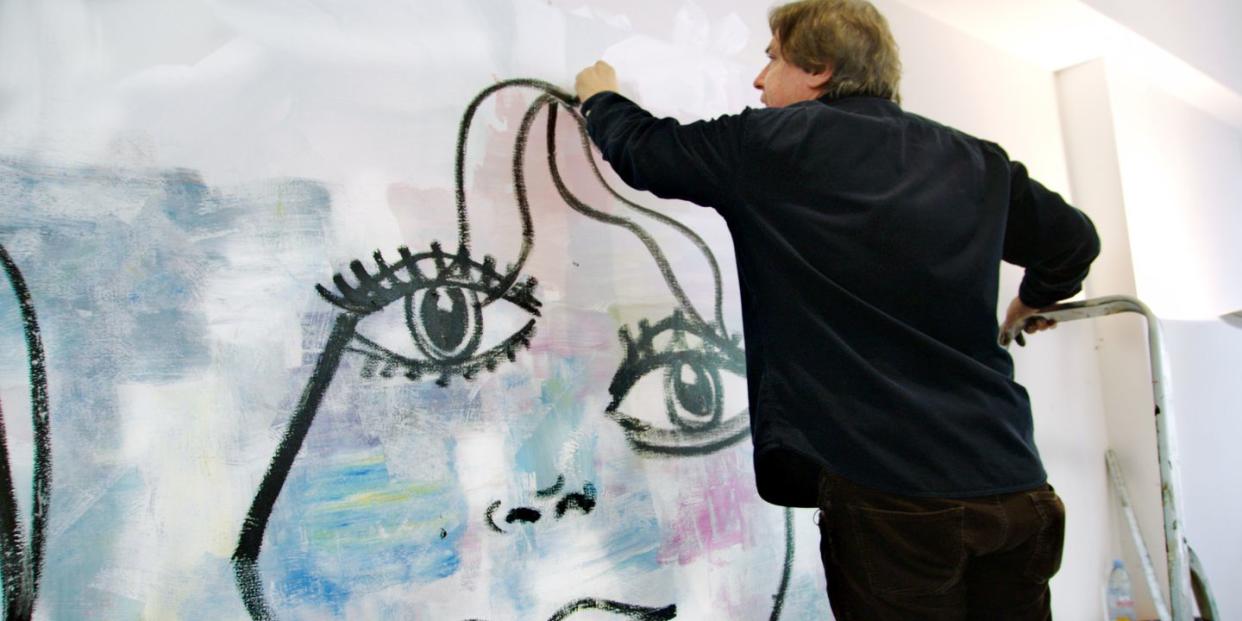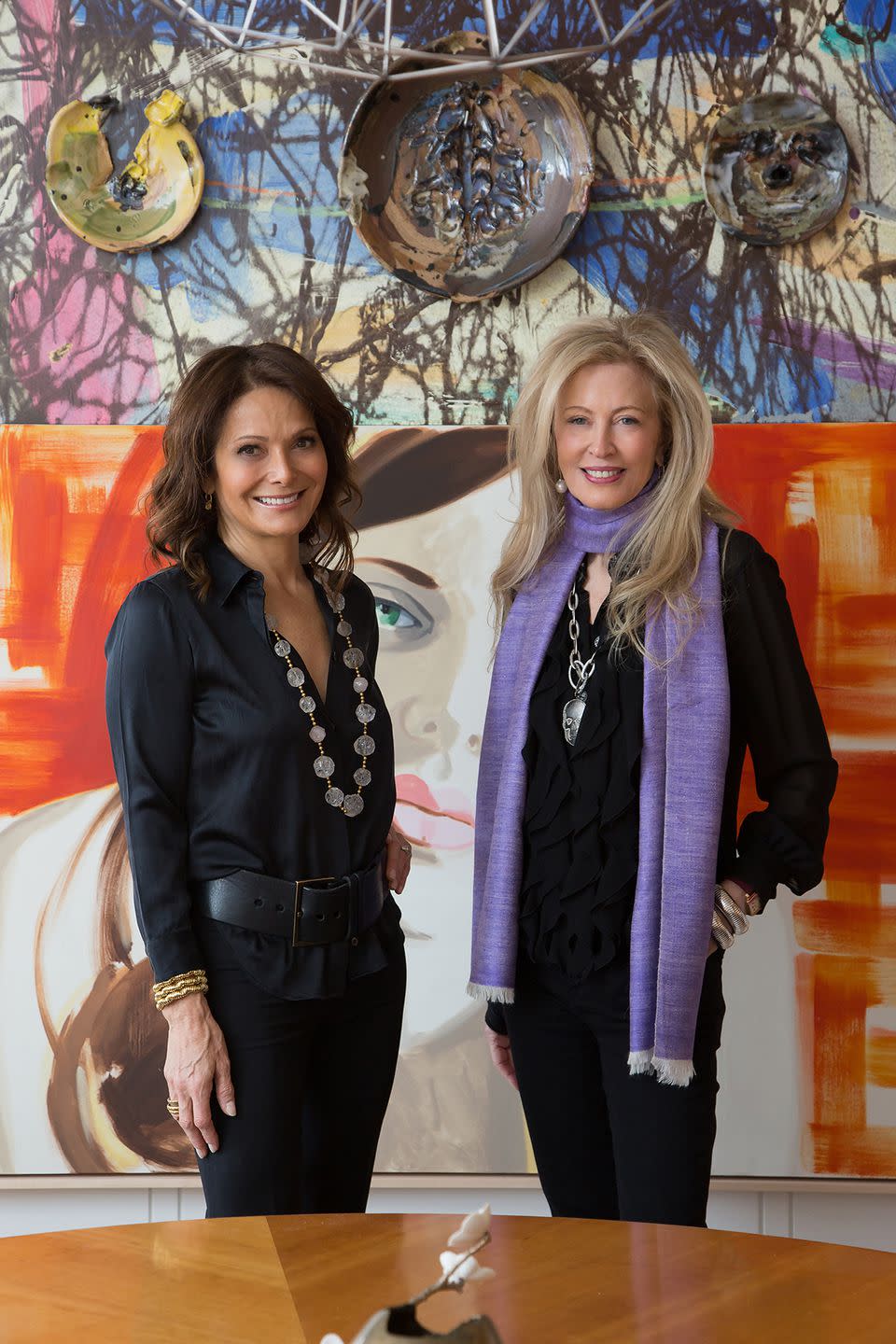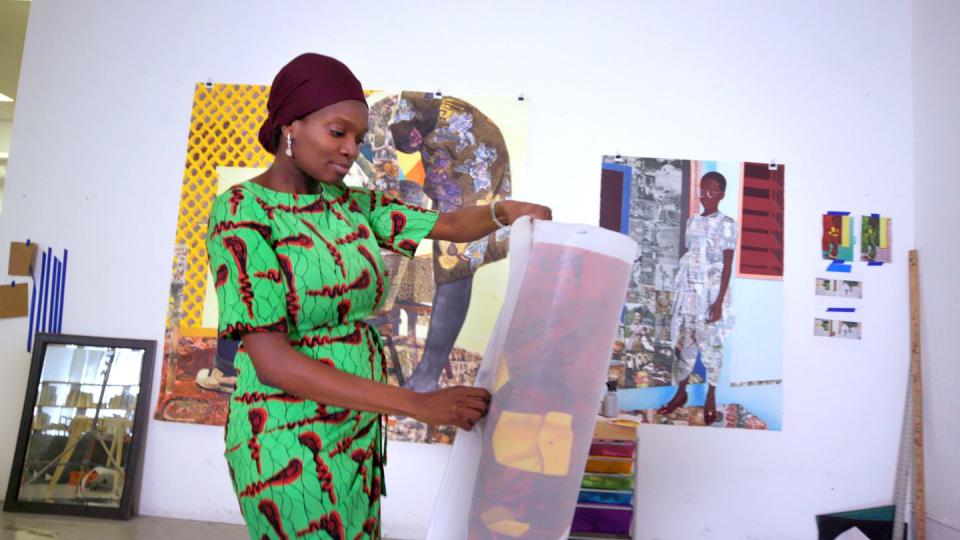This Movie Reveals the Art World's Best-Kept Secrets

When the new documentary The Price of Everything hits theaters on October 19 (it’ll also air on HBO November 12), there will be a bit more than six weeks until Art Basel Miami Beach-the art world’s annual seaside bacchanal-kicks off and, more likely than not, sets records for sale prices and mints new stars in the gallery galaxy. Viewers of the film won’t have to wait, however, to get an insider’s view of the very top of the market.
The Price of Everything, which Variety called “brilliant and captivating,” takes a hard look at the intersection of contemporary art and commerce through a series of revealing interviews with artists (Marilyn Minter, Jeff Koons, George Condo, and Njideka Akunyili Crosby), dealers (Gavin Brown, Jeffrey Deitch, Mary Boone), auction-house honchos (Amy Cappellazzo, Simon de Pury), and collectors (Stefan Edlis, Holly Peterson).
Here, two of the film’s producers, Jennifer Blei Stockman and Debi Wisch, reveal what it took to get to the heart of one of the world’s most complicated, confusing, and profitable businesses.
Making a movie about the art world is a big project to take on. What was the draw?
JS: I like to joke that if I knew this was going to take six years and cost what it did, we never would have done this project. I started on this a little before Debi, with the idea to investigate what changed in the art world to get to the point where art has become a commodity. What were the events that made this happen over the past decades and what has it meant for artists? Was art going to lose its soul? It really was a personal interest; I never imagined that other people might watch the film or care. So, I started by talking to artists about it and getting their thoughts. Then, when I met Debi, she had a lot of the same questions and concerns, so we decided to just go for it.
DW: We probably spent a good year talking to people-players in the art world, potential directors-asking, “how do you carve this turkey?”
JS: We did enormous amounts of research before we even began and felt that a film was the best way to share our findings. A lot of people have captured parts of the art world in books and articles, but nobody had done in a documentary about what we wanted to do.
DW: We understand now why; it’s an enormous undertaking.

The art world isn’t the most transparent. You’re not always dealing with people who are open to telling you their secrets. Where do you go first to start finding the people who make up the backbone of this story?
JS: There’s an advantage to having been in the art world as long as I’ve been. I’ve seen a lot and know a lot of people. I’ve seen what goes on behind the scenes, so it wasn’t so difficult to vet people. We tried not to waste our time with people who wouldn’t open up to us.
DW: We also didn’t waste our time with people who had ulterior motives or weren’t completely transparent.
Despite everything you already knew about the art world, was there anything that was revealed over the course of making the film that was really surprising to you?
JS: This is a journalistic effort. Our goal was to get interesting information that people haven’t heard before. When you’re in the presence of someone revealing something important, you know it, and there were a few times when we walked out of an interview and turned to one another said, “what we just got was gold.” But then there were times that were the opposite.
DW: Those are the ones that landed on the editing room floor.
The movie gives viewers a lot to think about and really opens the door to asking more questions about the way the art market works. What are the questions that the movie has left you asking?
DW: For me, looking at the film and the cast of characters, there’s a love of art that serves as a connective tissue. Even for people who are more market players, they’re in this world because they want to be around art. I hope people walk out of the film wanting to dig deeper and see more art themselves.
JS: We had to accept that these are tough questions to ask, and any answers won’t be black-and-white. We’re thrilled to be able to start those discussions, though.

Has making the movie changed your personal relationship with art?
DW: I’ve never made the market a reason for buying something. In the 25 years I’ve been a collector, it’s been about what moved me emotionally. Working on the film has made me more that way. What became more apparent for me is that if you dare to collect anymore, you just have to collect what you love.
('You Might Also Like',)


